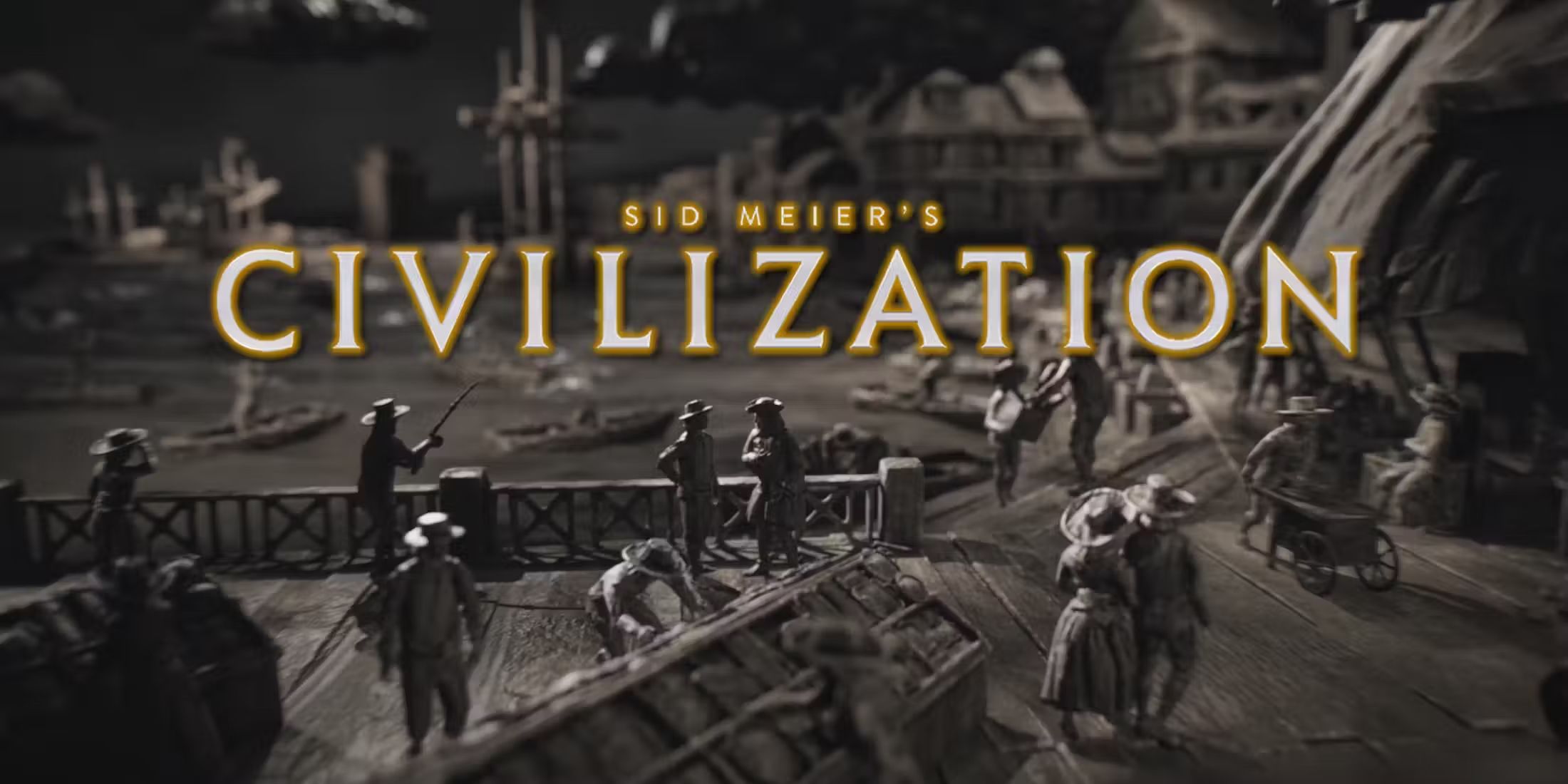Highlights
- The Thaumaturge is set in 1905 Warsaw, a time of historical significance in Poland and the world, with revolutions and worker uprisings taking place.
- The game incorporates the themes of Russification and industrialization in Poland, as well as the influence of philosophers Karl Marx and Friedrich Engels on revolutionary consciousness.
- The Thaumaturge includes folklore elements from various regions, featuring creatures like the Bukavac and the Slavic goddess Morana, adding depth and cultural richness to the game.
The Thaumaturge is an upcoming RPG set in an isometric version of Warsaw, the capital city of Poland. Though its demon-infested version of 1905 Warsaw is clearly rooted in fantasy, The Thaumaturge's setting is rich in some period-defining history.
Diving headfirst into the occult, The Thaumaturge follows protagonist Wiktor Szulski, a man gifted (or perhaps cursed) with the ability to exorcise demons and harness their power for himself. These otherworldly creatures are called Salutors, beasts that are not necessarily evil but undeniably mysterious. Among their numbers are twists on creatures from folklore, such as Slavic, Bavarian, Jewish, Arabian, and perhaps more. These entities are widely dismissed as being fictional, however, so the setting maintains a historical grounding.

How the Inclusion of Rasputin Shaped CRPG The Thaumaturge
Game ZXC speaks with The Thaumaturge's design director to learn how the involvement of Rasputin influenced the game's development.
The Thaumaturge Takes Place At An Important Point In Polish And World History
The real story of 1905 Warsaw is incredibly important to the history of Poland and the world. The Thaumaturge's Warsaw setting lies at the crossroads of history, right before World War One and the 1917 Russian Revolution. In fact, 1905 saw its own revolution in Imperial Russia (where Poland was included among its territories). Poland was a hotbed of revolution at this time, with incidents such as the Łódź Insurrection seeing months of strikes flowing into mass unrest and armed conflict. In the 1905–1907 period, Warsaw, another center of heavy industry and urbanization, also witnessed incredible surges of strike action and worker uprising.
Russification, Industrialization, And Uprising In Poland
The Thaumaturge's trailers have shown off its industrial setting, with streetcars and railways being emblematic of Warsaw's urbanization. This urbanization, in stark contrast to the vast feudal presence within much of Imperial Russia, naturally bred revolutionary consciousness—something also seen throughout Europe's urban centers at the time.
Philosophers Karl Marx and Friedrich Engels predicted this in their work The Communist Manifesto, where they put forth that industrialization wrought by capitalism would heighten revolutionary consciousness by improving transport links and simplifying class differences. Furthermore, Russia's humiliating loss in their 1904–1905 war with Japan sent negative economic aftershocks throughout the economy, worsening the aftermath of the 1901-1903 recession.
Moreover, Poland was also suffering from the effects of Russification—something referenced in The Thaumaturge's story and gameplay trailers. Russification entailed attempts to assimilate non-Russian peoples into Russian culture.
This included shutting down certain schools and replacing them with imperial ones, restrictions on the Catholic Church, and political repression. In addition, attempts were made to replace the Polish language with Russian, such as removing Polish from usage in education and efforts to introduce the Cyrillic alphabet into Polish. Whilst Russian became synonymous with social advancement post-1864, the language failed to find a footing with much of the Polish working and peasant classes. As an industrial hub, Warsaw became diverse with different ethnicities and languages.
Folklore In The Thaumaturge
Just as it does with politics and industry, The Thaumaturge blends regional folklore into its mix. The very term 'thaumaturgy', though often used as a general term for the arcane, has often been used to refer to holy or saintly works. This would make 'thaumaturge' a solid descriptor for an exorcist investigator.
The salutors Wiktor is tasked with exorcising and taming are taken from numerous branches of folklore. For instance, the Bukavac derives from the region of Syrmia; a 6-legged horned thing adorned in chains that is interpreted in-game as some karmic punishment for a terrible crime.
There's also The Thaumaturge's salutor Morana, a goddess in Slavic folklore. Known as Marzanna in Polish, her death at the end of winter harkens the coming of spring. This death is represented by a ceremony where effigies of the pagan goddess are burnt or drowned in rivers to hasten the arrival of Spring, a ritual still practiced to this day.

The Thaumaturge
The Thaumaturge is a story-driven RPG set in 1905 Warsaw, Poland. Players take on the role of Wiktor, who can see entities called Salutors that normal humans cannot. It features isometric gameplay, turn-based combat, morally ambiguous choices, unique character development features, investigation mechanics, and much, much more.
- Platform(s)
- PC
- Released
- March 4, 2024
- Developer(s)
- Fool's Theory
- Publisher(s)
- 11 Bit Studios
- Genre(s)
- Adventure , RPG



